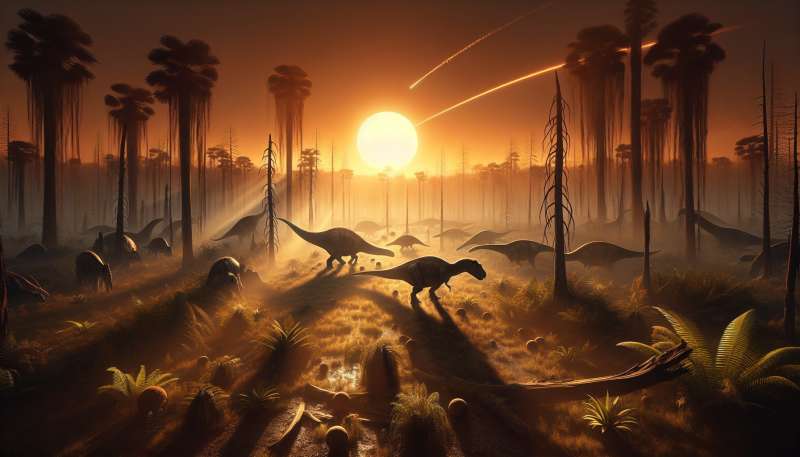
Mass Extinctions: Introduction
Throughout Earth's history, five major mass extinctions have reshaped life on our planet. Each has left behind a radically altered ecosystem, paving the way for new species to emerge and evolve.
Ordovician-Silurian Extinction
Around 444 million years ago, 86% of all species were wiped out. Probable causes include climate change, glaciation, and falling sea levels that drastically affected marine habitats, where most life existed.
Devonian Forest Transition
The late Devonian extinction, 375 million years ago, saw 75% of species vanish. Surprisingly, plants may have contributed by altering soil nutrients and reducing oxygen levels in the ocean.
The Great Dying
The Permian-Triassic extinction, 252 million years ago, was the most devastating, exterminating 96% of species. Volcanic activity creating widespread ocean anoxia and temperature spikes is a likely culprit.
Triassic-Jurassic Biodiversity Shift
201 million years ago, 80% of species disappeared. This event cleared the path for dinosaurs' dominance. The exact causes remain unclear, but massive lava flows and climate change are suspects.
Cretaceous-Paleogene Cataclysm
A 10-kilometer asteroid struck Earth 66 million years ago, ending 76% of all species, including dinosaurs. This impact also created conditions for mammals to eventually dominate the planet.
Sixth Extinction: Human Influence?
Today, species extinction rates are accelerating, suggesting we're entering a sixth mass extinction. Human activities, such as habitat destruction, pollution, and climate change, are principal drivers of this biodiversity crisis.
How many major extinctions reshaped Earth?
Five major events
Six major events
Seven major events
Company